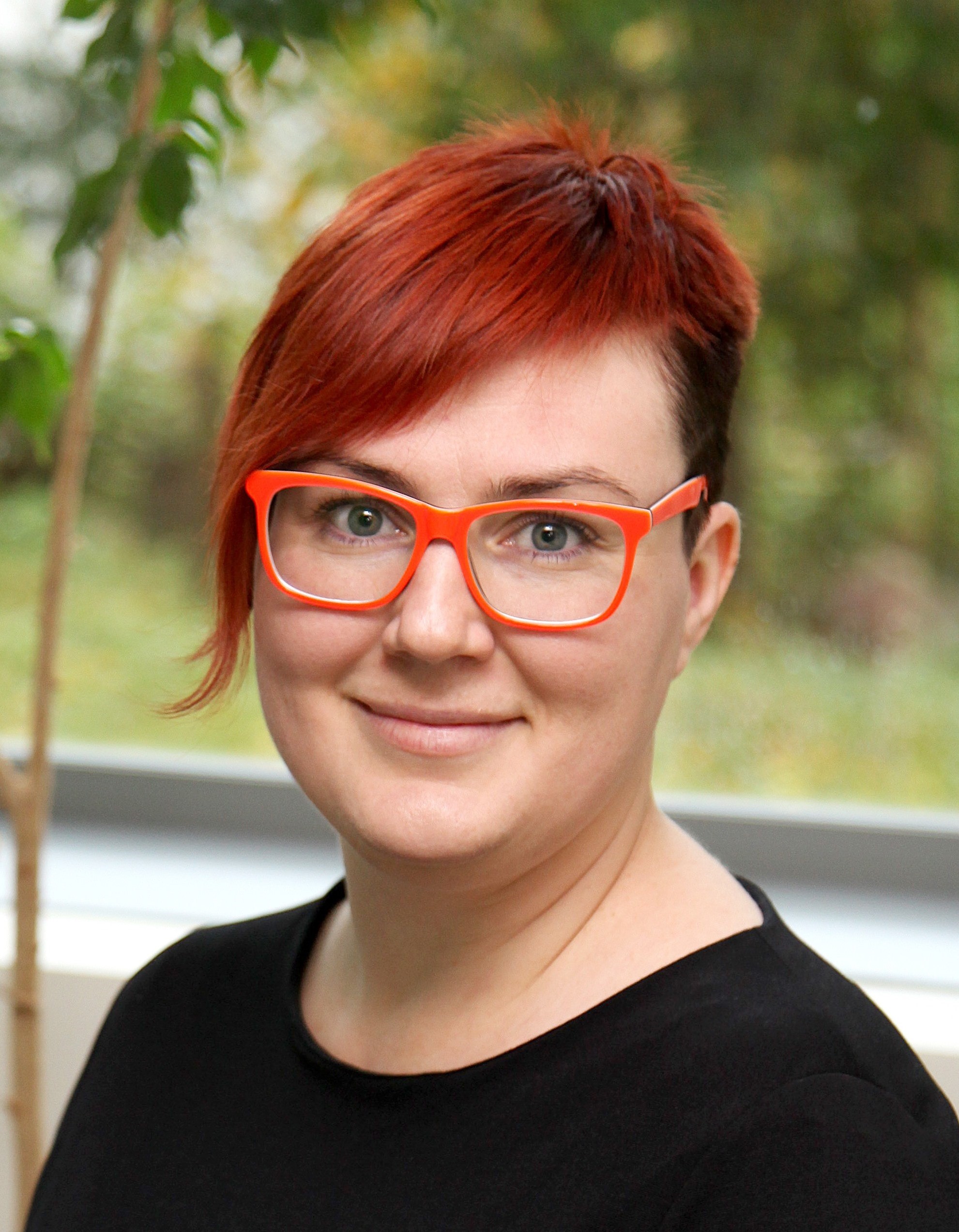 |
INGA GRIŠKOVA-BULANOVA Research Professor Department of Neurobiology and Biophysics Institute of Biosciences Email: Phone: +370 671 10954 |
RESEARCH DESCRIPTION
Electrophysiological brain responses assessed non-invasively with electroencephalogram (EEG) stand as a widely used cost-effective tool to estimate brain functioning in norm and pathology. Depending on the recording conditions, information about the resting state or brain responses to particular stimuli or tasks can be evaluated. However, the factors affecting electrical brain responses in pre-clinical and clinical settings are not fully understood, especially those related to the state of the study participant or a patient. The knowledge on the potential modulators of electrical brain states is important for correct objective interpretation of the observed patterns of brain activity and for further optimization and practical application of the method.
Employing electroencephalography as the main tool, also behavioural measures and subjective evaluation, the Brain States Research Group is investigating the origin and the outcome of the observable electric brain states from the viewpoint of everyday functioning and from diagnostic/clinical perspective. We evaluate how subjects' traits (like sex, personality, general ability to sense one’s own body) and states (like level of arousal, attention, hormonal background), the task they perform and stimulation we provide affect brain activity. We use various stimulation approaches (i.e. classical P300, P50, Go/NoGo, MMN) with a special focus on the brain ability to entrain with periodic events as measured by steady-state responses (SSRs) to stimuli of various modalities. In close collaboration with partners from the USA, Switzerland, Poland, New Zealand, Chile, Czech Republic we have evaluated the promise of electrophysiological resting state activity and auditory evoked brain responses to evaluate the state of the nervous system in various normal conditions (i.e. dependence on subject’s sex and the subjective experiences during the experiment [2, 3]) and pathological states (i.e. prolonged disorders of consciousness, schizophrenia and association to clinical symptoms [1, 4, 5]).
SELECTED PUBLICATIONS
- Binder, M., Gorska, U., Pipinis, E., Voicikas, A., Griskova-Bulanova I. Auditory steady-state response to chirp-modulated tones: a pilot study in patients with disorders of consciousness. Neuroimage Clinical. 2020, 27: 102261.
- Parciauskaite, V., Voicikas, A., Jurkuvenas, V., Tarailis, P., Kraulaidis, M., Pipinis, E., Griskova-Bulanova, I. 40-Hz auditory steady-state responses and the complex information processing: an exploratory study in healthy young males. Plos One. 2019, 14(10): e0223127.
- Melynyte, S., Pipinis, E., Genyte, V., Voicikas, A., Rihs, T., Griskova-Bulanova, I. 40 Hz auditory steady-state response: the impact of handedness and gender. Brain Topography. 2018, 31(3): 419–429.
- Binder, M., Gorska, U., Griskova-Bulanova, I. 40 Hz auditory steady-state responses in patients with disorders of consciousness: correlation between CRS-R score and phase-locking index. Clinical Neurophysiology. 2017, 128(5): 799–806.
- Griskova-Bulanova, I., Hubl, D., van Swam, C., Dierks, T., Koenig, T. Early- and late-latency gamma auditory steady-state response in schizophrenia during closed eyes: does hallucination status matter? Clinical Neurophysiology. 2016, 127(5): 2214–2221.
